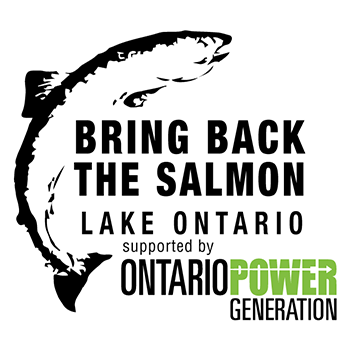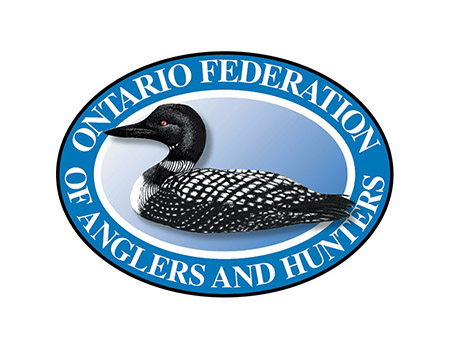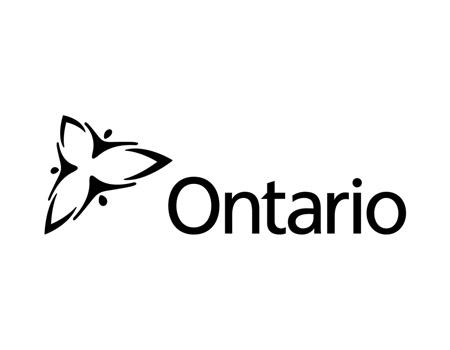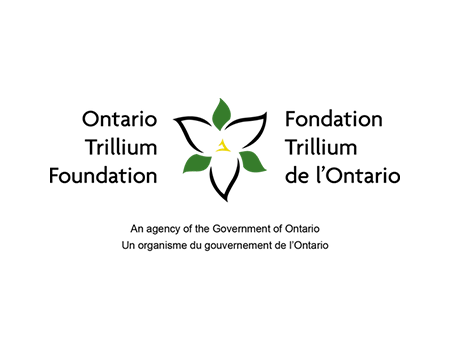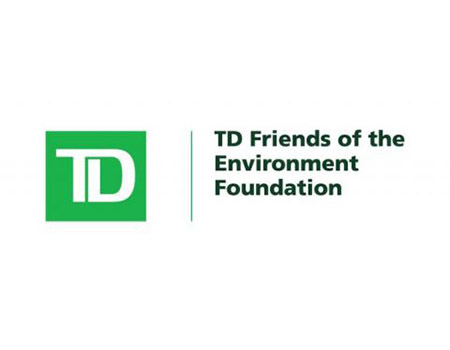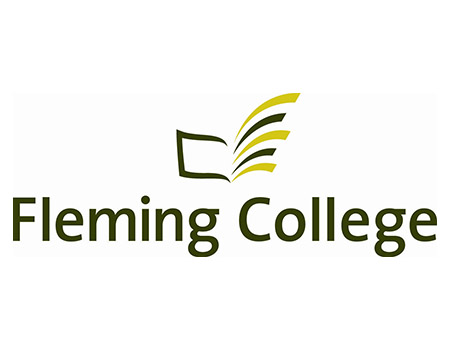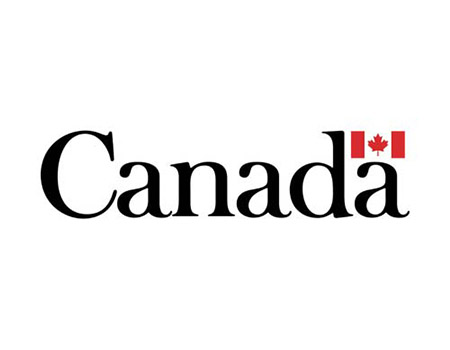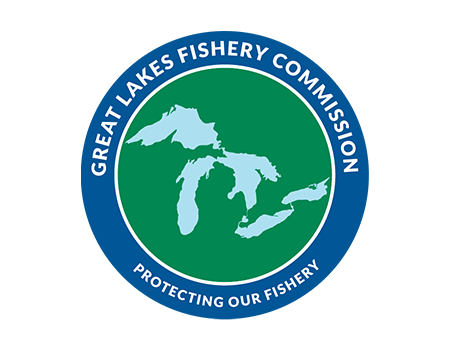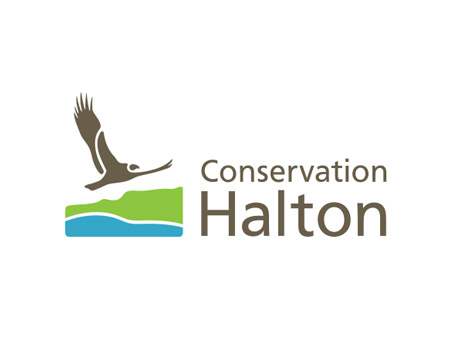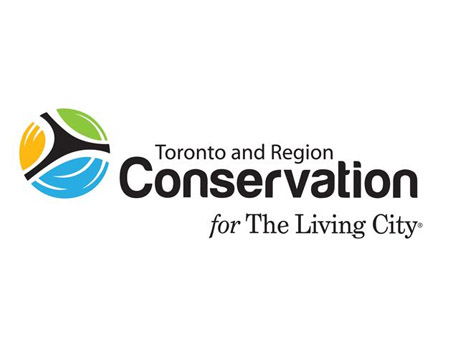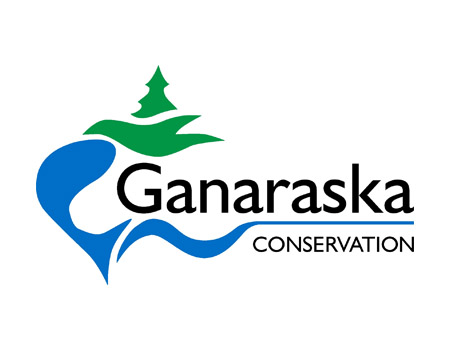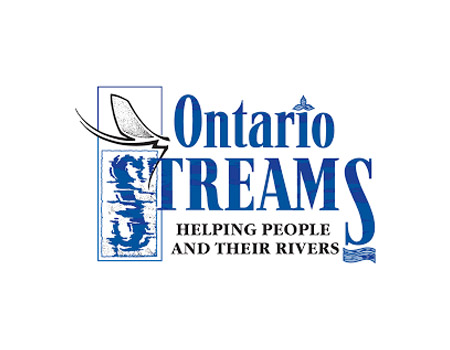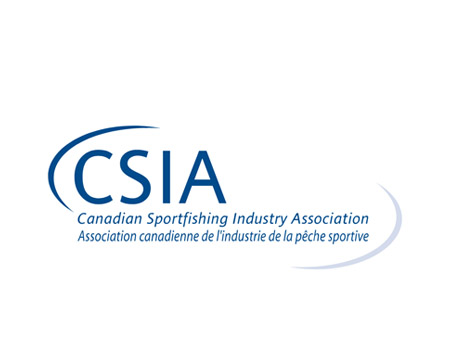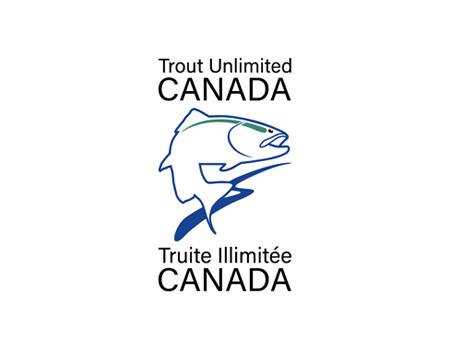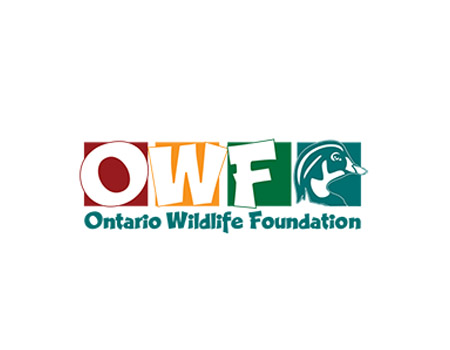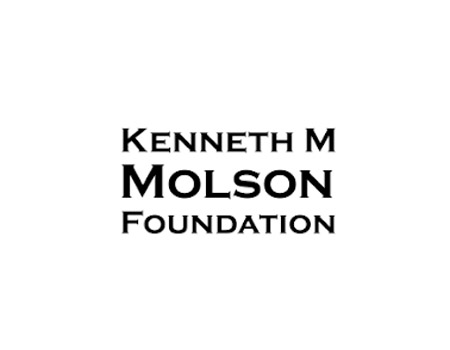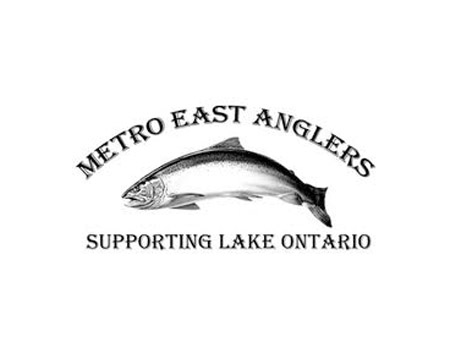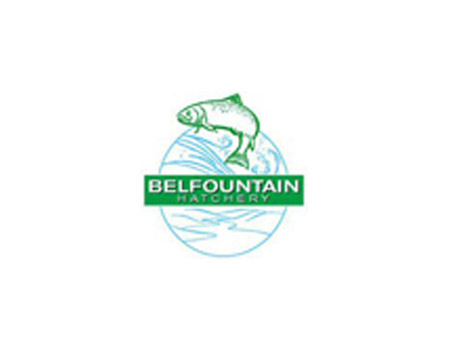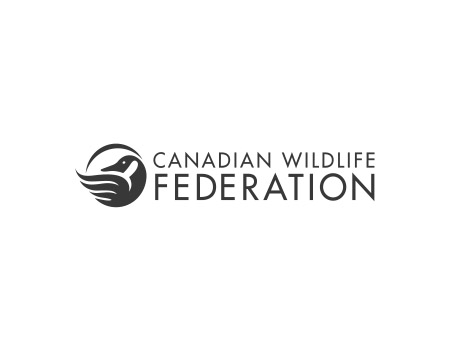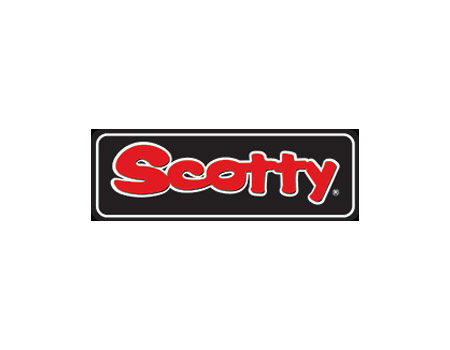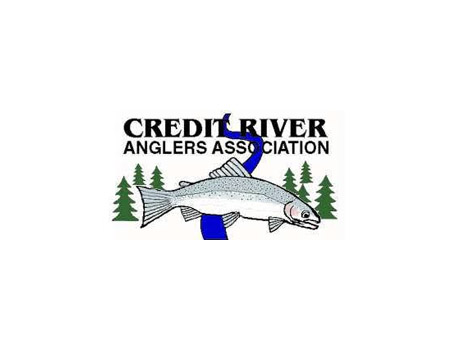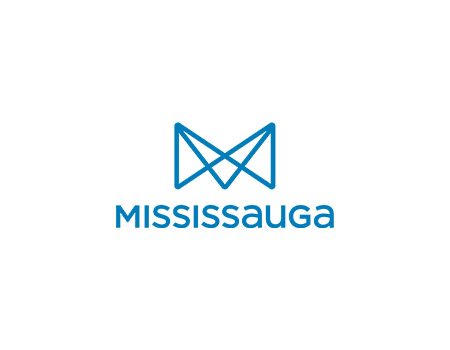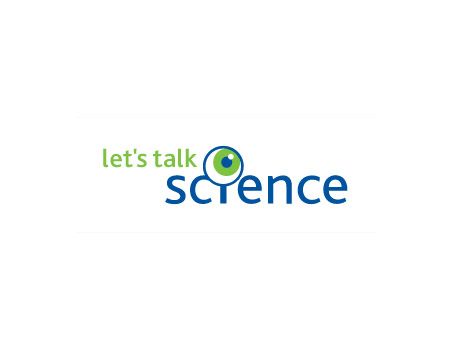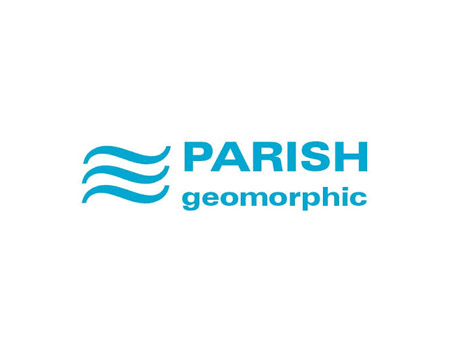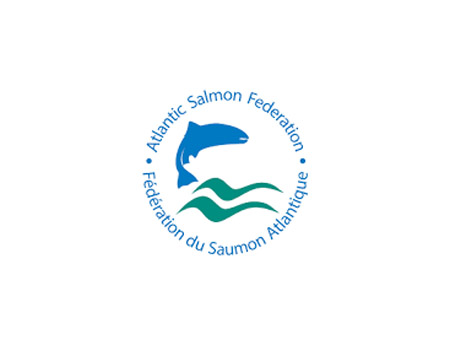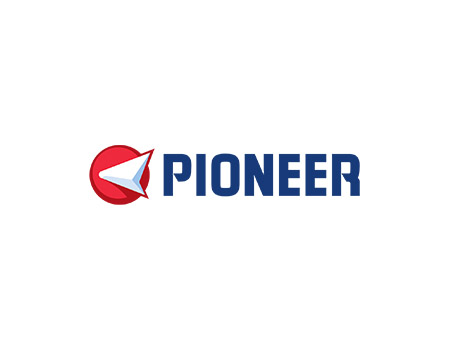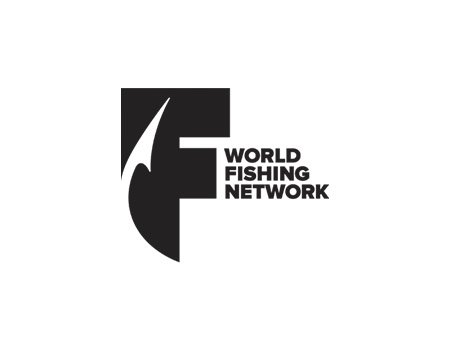Lake Ontario and its tributaries aren’t what they were 100 years ago
MNRF has been stocking Atlantic salmon for 18 years and it hasn't worked
The prior Atlantic Salmon program by the href=”http://www.ontario.ca/mnrf” target=”_blank”>Ontario Ministry of Natural Resources and Forestry (MNRF) was a research program, designed to study the potential of Lake Ontario’s tributaries for young Atlantic Salmon. Assessment of adult returns was never pursued and reported only incidentally. The research was strictly intended to be the first step of a longer-term plan to eventually restore Atlantic Salmon; this research came to the conclusion that Atlantic Salmon fry and juveniles can successfully survive in the streams in their current state, and because of this we are now taking the program to the next stage.
Because the research focused on juveniles, there were never enough Atlantic Salmon stocked to produce the number of adults needed for successful restoration. At most approximately 200,000 fry went into any one stream in any one year. Current production targets for 2006, to be spread across three streams, are 400,000 fry, plus 100,000 fall fingerlings (equivalent to 1,000,000 wild fry) and 50,000 yearlings (equivalent to 5,000,000 wild fry). Production targets are slated to increase further in 2007 and beyond.
Atlantic Salmon need to migrate to the ocean
Atlantic salmon will displace Rainbow Trout, Brook Trout, and Brown Trout in streams
There isn’t enough forage base for another large predator species in Lake Ontario
The current forage base leads to thiamin deficiency, causing early mortality in salmonids
Fishing opportunities will decline
Bring Back the Salmon Newsletter
Program Partners and Supporters
Contact Us
1-800-263-OFAH (6324) ext. 237
PO Box 2800
Peterborough, Ontario
K9J 8L5
